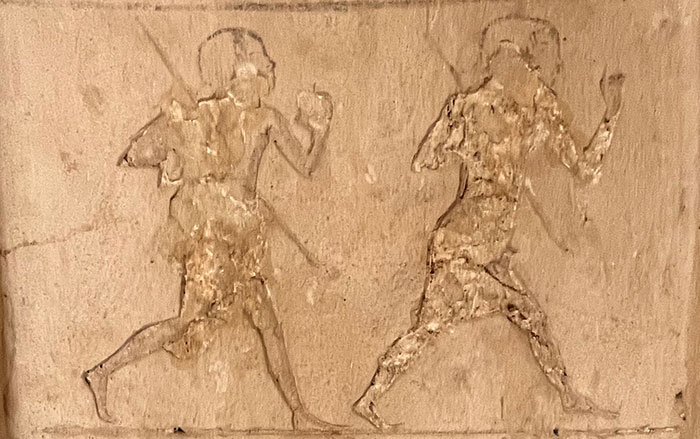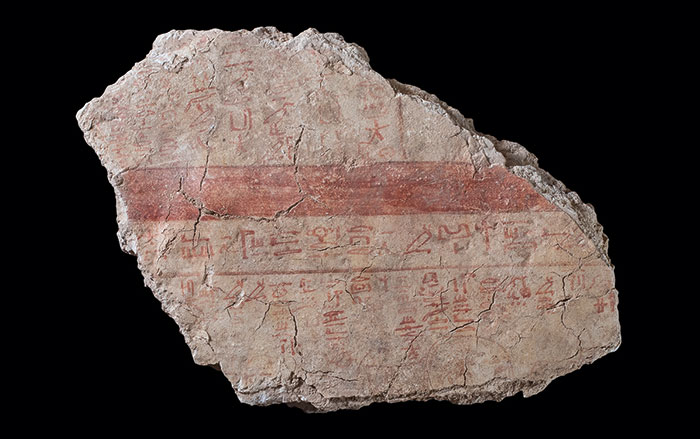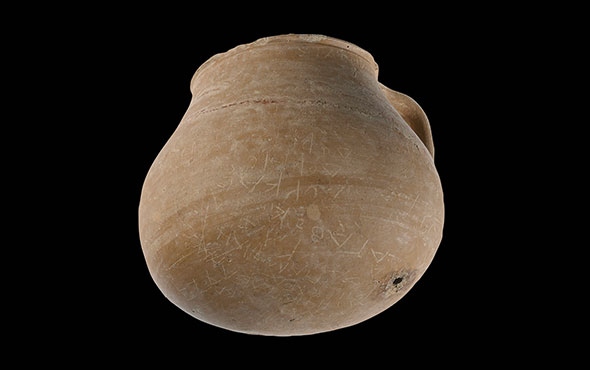
At the same time that artists began to depict demons in Middle Kingdom (ca. 2030–1640 B.C.) tombs, carvings of these beasts also appeared on a type of artifact Egyptologists have dubbed “magic wands.” Some 230 of these curved objects, usually made of highly polished hippopotamus ivory and resembling the shape of tusks, are known. Though many are worn from use, it’s clear that most were incised with depictions of demons wielding knives. Some Egyptologists believe the ancient Egyptians imagined the wands themselves as magic knives. High-status Egyptians who could afford them wielded these powerful instruments against supernatural forces by calling upon the power of the demons to ward off evil. It’s possible the Egyptians of the Middle Kingdom developed these wands as a response to the period of religious and ideological uncertainty that followed the collapse of the Old Kingdom (ca. 2649–2150 B.C.). With the memory that traditional centers of power and religion had been in disarray, perhaps these wands gave some high-ranking Egyptians the confidence to tap into the power of demons and keep the forces of chaos at bay.
Egyptologist Frank Vink notes that some Middle Kingdom spells intended to be recited during pregnancy and throughout early childhood include a word that scholars interpret as “amulet.” Perhaps, Vink suggests, magic wands were the amulets being cited in these spells. Tauret, the powerful hippopotamus goddess, was associated with childbirth, and the fact that most of the wands were made from hippopotamus tusks might link them to her special role as the protector of mothers and young children. One example of a Middle Kingdom magic wand has a cord still attached to it that could be worn around the neck. It’s possible that mothers and children alike wore these objects as amulets to call upon knife-wielding demons to protect them during the most vulnerable periods of their lives.















